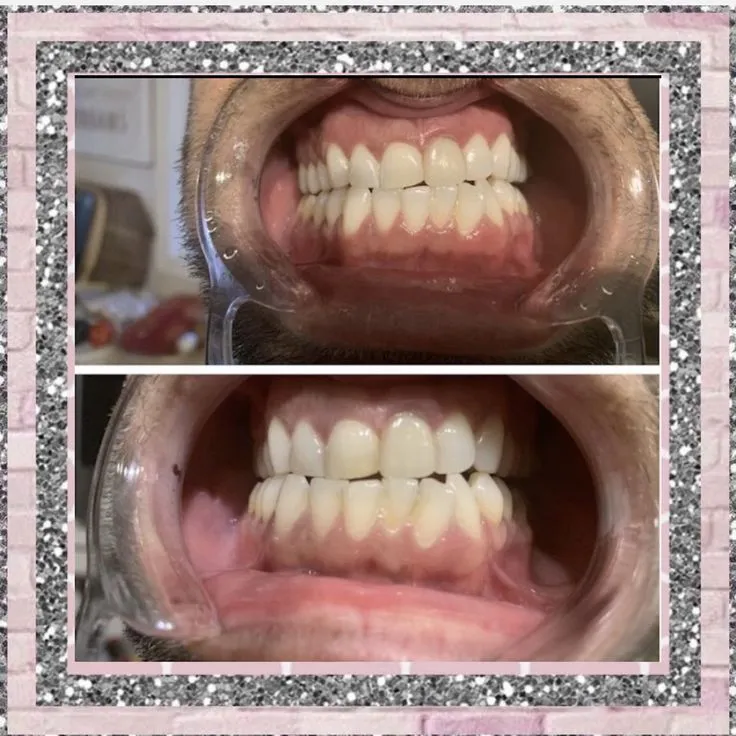What is Hot Teeth Whitening
Hot teeth whitening, often referred to as accelerated or power whitening, is a cosmetic dental procedure designed to brighten the shade of your teeth. Unlike traditional methods, it often incorporates the use of heat, light, or lasers to enhance the effectiveness of the whitening agents. This approach can significantly speed up the process, offering quicker results compared to at-home treatments. The goal is to remove stains and discoloration, resulting in a more aesthetically pleasing smile. It’s a popular choice for those seeking rapid improvements and a boost in confidence, making it a sought-after treatment in cosmetic dentistry. Several factors influence the choice of this treatment, including the degree of discoloration, desired level of brightness, and individual oral health conditions. Consulting with a dental professional is essential to determine if hot teeth whitening is the right option for your specific needs and goals.
How Hot Teeth Whitening Works
The underlying principle of hot teeth whitening involves the use of bleaching agents, typically containing hydrogen peroxide or carbamide peroxide. These agents break down the stains and discolorations that have accumulated on the enamel of your teeth. The process is accelerated through the application of heat, light, or lasers. The heat or light serves as a catalyst, speeding up the chemical reaction and enhancing the penetration of the bleaching agents into the enamel. This can lead to quicker and more pronounced whitening results. For instance, laser whitening may involve the use of a specific wavelength of light to activate the whitening gel, thereby lifting stains more effectively. The intensity and duration of the treatment are carefully controlled by a dental professional to ensure safety and minimize potential side effects.
Hot Teeth Whitening Methods Overview
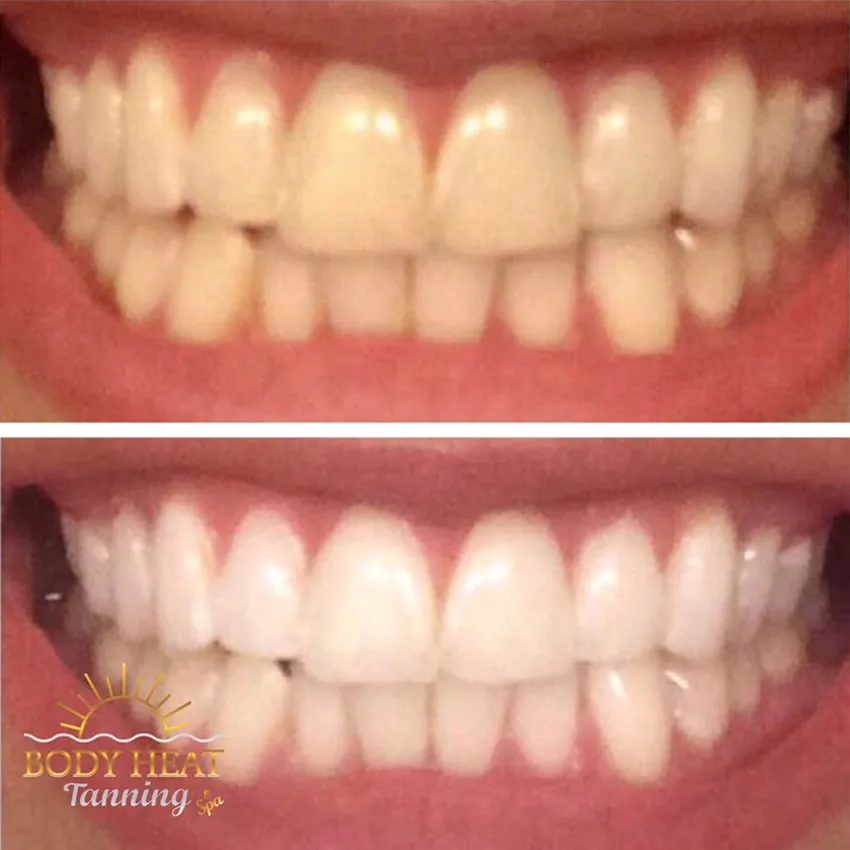
Hot teeth whitening encompasses a range of professional and at-home methods, each employing unique approaches to achieve a brighter smile. Professional options typically involve in-office treatments conducted by a dentist, utilizing stronger bleaching agents and specialized equipment like lasers or light-curing devices. These methods often yield dramatic results in a single session. At-home techniques provide greater convenience, often incorporating custom-fit trays and lower-concentration bleaching gels provided by a dentist. Over-the-counter products such as whitening strips and toothpastes offer a more accessible alternative for minor stain removal. The choice of method depends on individual preferences, the severity of discoloration, and budget considerations. Consulting with a dental professional is crucial to determine the most appropriate and safest approach for achieving desired whitening results.
Professional Hot Teeth Whitening Options
Professional hot teeth whitening offers several advantages, including the expertise of a dental professional, the use of stronger bleaching agents, and the availability of advanced techniques. In-office treatments are conducted in a controlled environment, ensuring optimal safety and effectiveness. The dental professional carefully monitors the procedure, minimizing the risk of potential side effects and ensuring that the whitening process is tailored to the individual’s needs. This approach often delivers immediate and noticeable results, making it a popular choice for those seeking rapid smile enhancement. The cost of professional whitening is generally higher than at-home methods, but the benefits of professional supervision and superior results often justify the investment. Choosing a qualified dental professional is essential for a successful and safe whitening experience.
In-Office Whitening Procedures
In-office whitening procedures typically begin with a thorough dental examination and cleaning to remove any plaque or tartar buildup. The dentist then applies a protective barrier to the gums and soft tissues to prevent irritation from the bleaching agent. A high-concentration whitening gel, often containing hydrogen peroxide, is applied to the teeth. Depending on the specific method, a special light or laser may be used to activate the gel and accelerate the whitening process. The gel is usually left on the teeth for a set period, and the procedure may be repeated multiple times during a single session to achieve the desired level of brightness. After the treatment, the dentist removes the protective barrier and provides post-whitening instructions, which may include dietary restrictions and recommendations for maintaining the results. The entire process usually takes about one to two hours, providing immediate results.
Laser Teeth Whitening Process
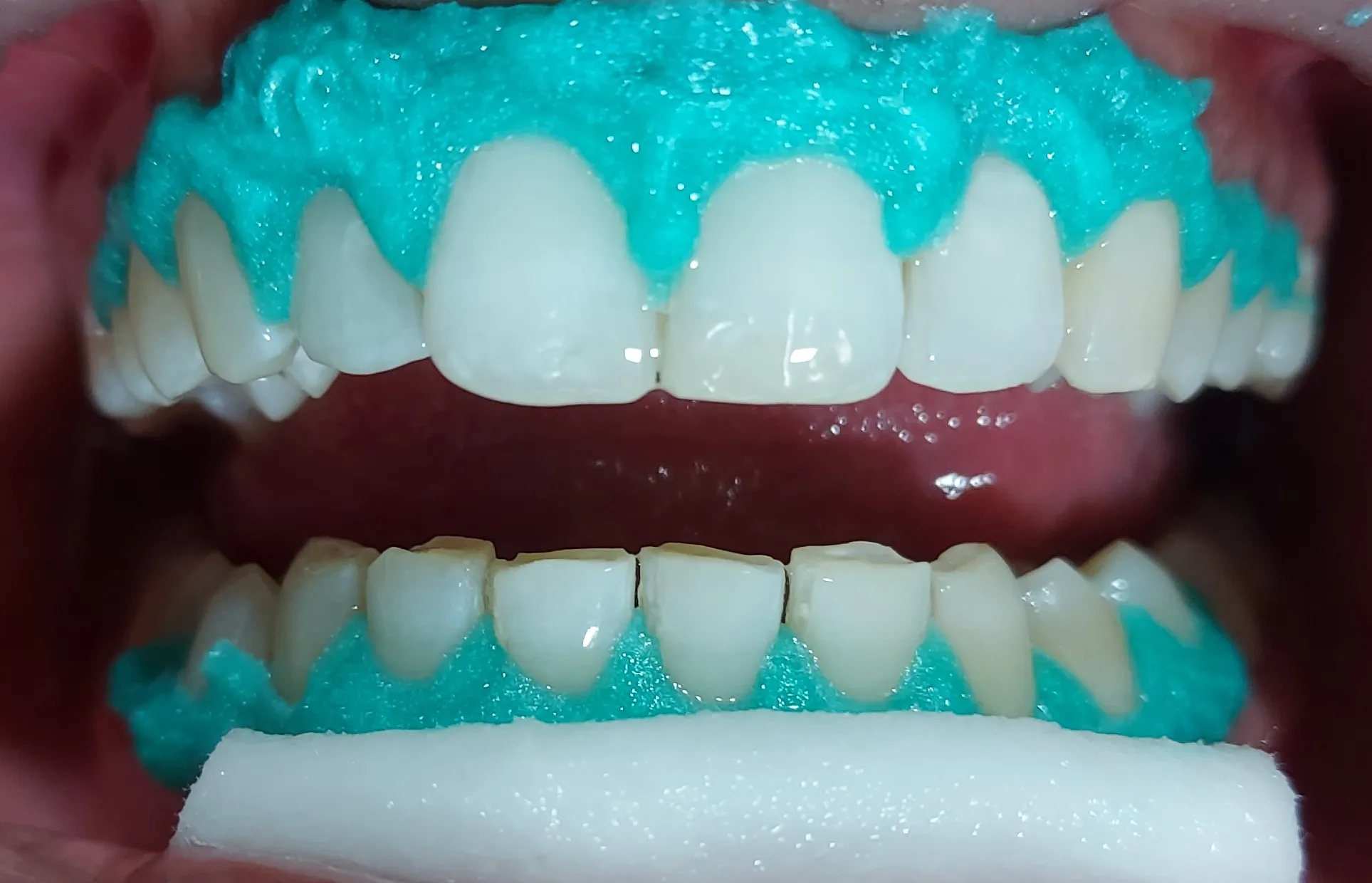
Laser teeth whitening, a form of hot teeth whitening, utilizes a concentrated beam of light to accelerate the bleaching process. After preparing the teeth and protecting the gums, a whitening gel is applied. A laser, typically a diode laser or a similar device, is then directed at the teeth. The laser’s energy activates the whitening gel, enhancing its ability to penetrate the enamel and break down stains. This process can significantly speed up the whitening effect, often achieving dramatic results in a shorter timeframe compared to other in-office methods. The entire process, including preparation, application, and laser treatment, usually takes about an hour. The intensity of the laser and the duration of exposure are carefully controlled by the dental professional to minimize potential side effects and ensure the safety of the procedure.
At-Home Hot Teeth Whitening Techniques
At-home hot teeth whitening offers a convenient alternative for those seeking to brighten their smiles at their own pace. These methods typically involve custom-fit trays provided by a dentist, which are filled with a lower-concentration whitening gel. The trays are worn for a specific duration each day or night, as directed by the dental professional. Over-the-counter products, such as whitening strips and toothpastes, also provide at-home options. Whitening strips adhere directly to the teeth, delivering a measured dose of bleaching agent, while whitening toothpastes use abrasive agents to remove surface stains. At-home methods generally take longer to produce noticeable results compared to in-office treatments, but they offer a cost-effective and flexible approach. It is important to follow the instructions carefully and to consult with a dentist to ensure the safety and effectiveness of any at-home whitening method.
Hot Teeth Whitening Kits and Products
Hot teeth whitening kits often include a combination of items designed to facilitate at-home whitening. These kits commonly contain custom-fit or pre-formed trays, whitening gel, and sometimes a light-curing device to enhance the whitening effect. The gel typically contains hydrogen peroxide or carbamide peroxide, at concentrations suitable for at-home use. Users apply the gel to the trays and wear them for a specified period, as directed by the product instructions or a dental professional. Various brands offer different formulations and delivery methods, catering to individual preferences and needs. Some kits may also include desensitizing agents to minimize potential tooth sensitivity. Before using any whitening kit, it is crucial to consult with a dentist to determine the suitability of the product and to ensure safe and effective use.
Over-the-Counter Whitening Products
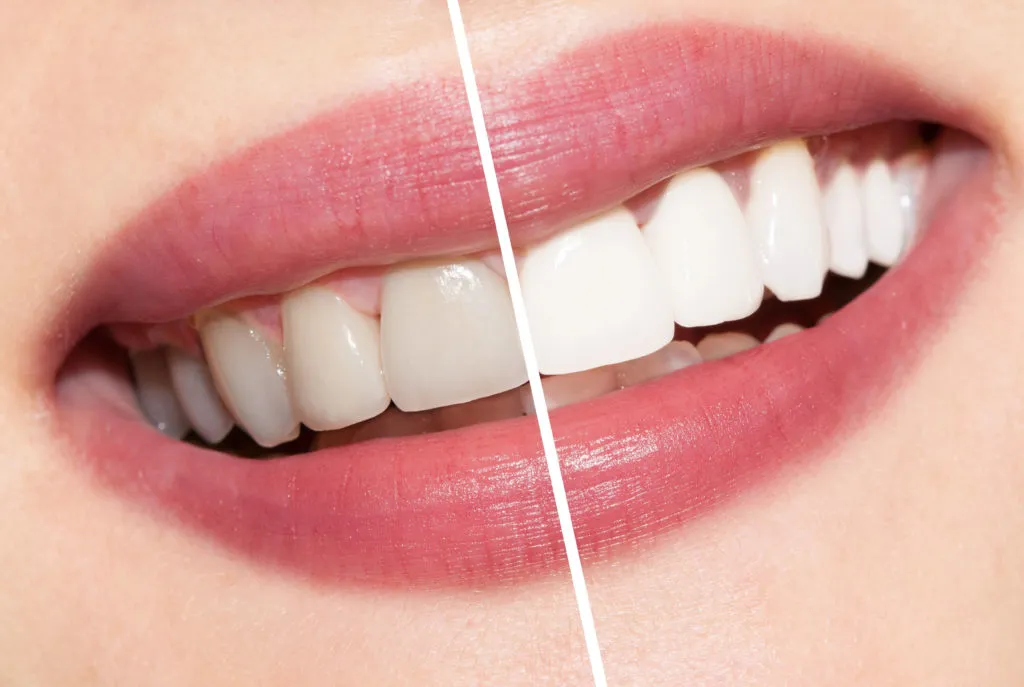
Over-the-counter (OTC) whitening products provide accessible and affordable options for those seeking to brighten their smiles. These products include whitening strips, toothpastes, mouthwashes, and gels. Whitening strips, which adhere directly to the teeth, offer a convenient way to deliver a measured dose of bleaching agent, typically hydrogen peroxide. Whitening toothpastes use mild abrasives and chemical agents to remove surface stains. Whitening mouthwashes contain ingredients that freshen breath and may also help reduce mild staining. OTC products are generally less potent than professional treatments, and their effectiveness may vary. It’s essential to follow product instructions carefully and to be aware that these products may not address all types of discoloration. Consulting with a dentist is advisable to determine the most suitable product for your needs and to ensure the health of your teeth and gums.
Hot Teeth Whitening Side Effects and Risks
Hot teeth whitening, like any cosmetic dental procedure, carries potential side effects and risks. These are generally mild and temporary, but it is important to be aware of them before undergoing treatment. Common side effects include increased tooth sensitivity and gum irritation. In rare cases, more severe complications such as enamel damage or nerve damage can occur. The risk of side effects is generally higher with stronger bleaching agents and more aggressive techniques. Consulting with a dental professional and following their recommendations are crucial for minimizing risks and ensuring a safe whitening experience. A thorough dental examination before whitening is essential to identify any underlying dental problems and to tailor the treatment accordingly.
Potential Sensitivity and Discomfort
Tooth sensitivity is one of the most common side effects associated with hot teeth whitening. This can manifest as a temporary increase in sensitivity to hot or cold foods and drinks. The bleaching agents can penetrate the enamel and reach the dentin, which contains nerve fibers, leading to this sensitivity. The intensity and duration of sensitivity can vary depending on the individual and the whitening method used. Desensitizing toothpastes containing potassium nitrate can help to reduce sensitivity by blocking nerve signals. In some cases, the dentist may recommend using a fluoride treatment to strengthen the enamel and reduce sensitivity. Sensitivity usually subsides within a few days after the whitening treatment is completed.
Risk of Gum Irritation
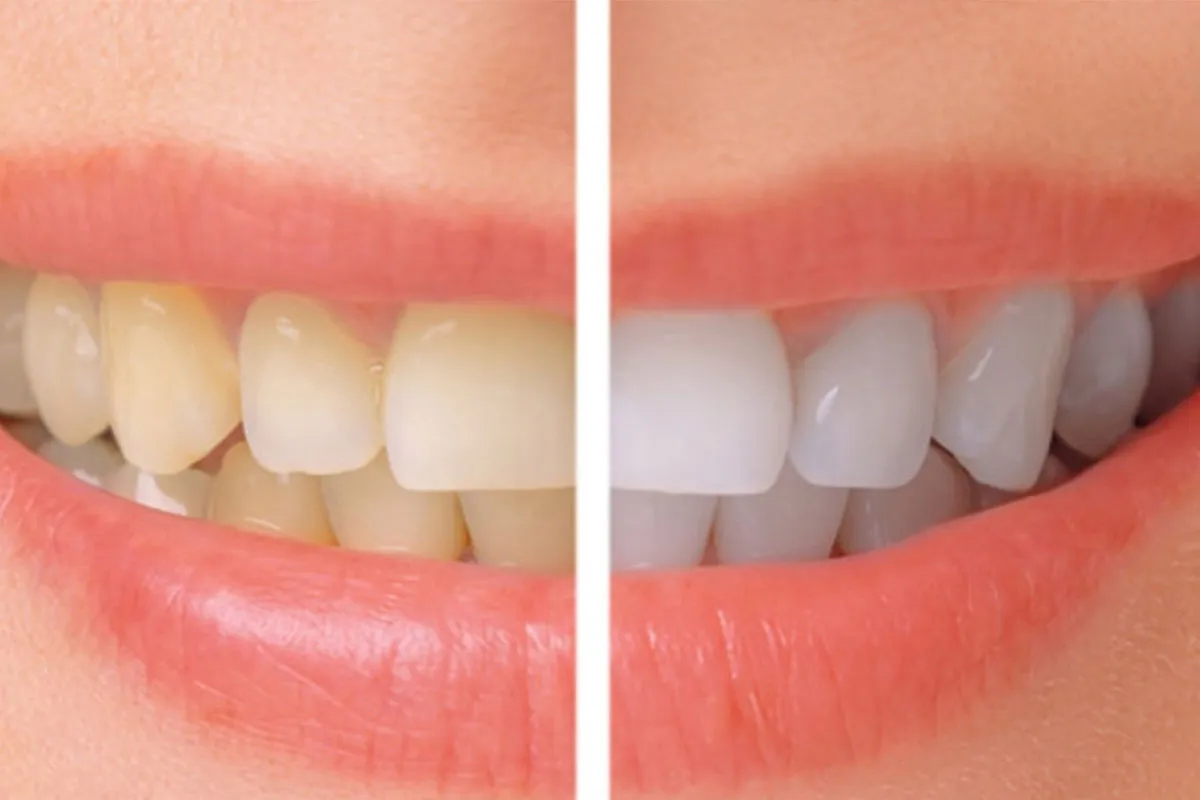
Gum irritation is another potential side effect of hot teeth whitening. This can occur if the bleaching agent comes into contact with the gums during the procedure. The high concentration of hydrogen peroxide or carbamide peroxide in the whitening gel can irritate the soft tissues, leading to redness, swelling, and discomfort. To minimize this risk, dental professionals take precautions, such as using a protective barrier to shield the gums during in-office treatments. At-home whitening systems should be used with care, ensuring that the trays fit properly to prevent leakage of the gel. If gum irritation occurs, it typically resolves within a few days after the treatment. Avoiding harsh brushing and rinsing with a mild saltwater solution can help alleviate symptoms.
Best Practices for Hot Teeth Whitening
To achieve the best results and minimize potential risks, it’s essential to follow certain best practices for hot teeth whitening. Always consult with a dental professional before starting any whitening treatment. They can assess your oral health, identify any underlying issues, and recommend the most suitable method for your needs. Follow the dentist’s instructions carefully, including the duration of the treatment and any dietary restrictions. Use the recommended amount of whitening gel and avoid over-whitening, which can lead to increased sensitivity. Maintain good oral hygiene, including regular brushing, flossing, and dental checkups. Avoid foods and drinks that can stain teeth, such as coffee, tea, red wine, and berries, particularly during and immediately after whitening. Consider using a whitening toothpaste or mouthwash to help maintain the results. If you experience any discomfort or unusual symptoms, contact your dentist immediately.
Maintaining Your Sparkling Smile
Maintaining a sparkling smile after hot teeth whitening involves a combination of diligent oral hygiene and lifestyle adjustments. Brush your teeth twice daily with a whitening toothpaste to remove surface stains and maintain brightness. Floss daily to remove plaque and food particles from between your teeth, preventing staining. Limit the consumption of stain-causing foods and beverages, such as coffee, tea, red wine, and dark berries. Rinse your mouth with water after consuming these items to minimize their impact. Schedule regular dental checkups and cleanings to remove any accumulated stains and maintain the overall health of your teeth and gums. Consider using a touch-up whitening treatment periodically to address any minor discoloration and keep your smile looking its best. Consistency and a proactive approach are key to enjoying the long-term benefits of teeth whitening.
Tips for Longevity of Whitening Results
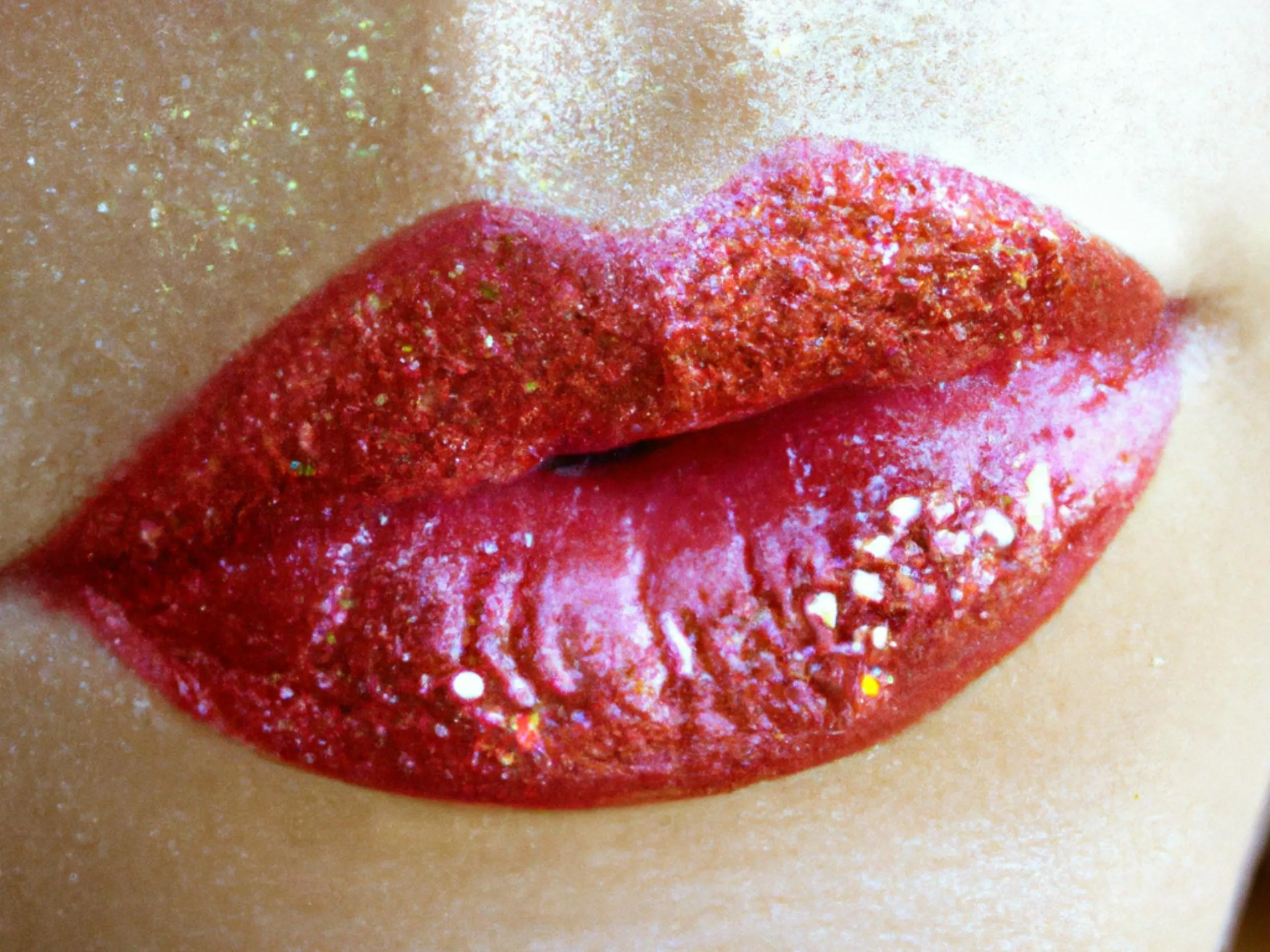
Several tips can help prolong the results of your hot teeth whitening treatment. Avoid smoking, as tobacco products can significantly stain teeth. Reduce your intake of staining foods and drinks, such as coffee, tea, red wine, and dark-colored sauces. If you consume these items, rinse your mouth with water immediately afterward or brush your teeth shortly after. Use a straw when drinking beverages that can stain teeth, to minimize contact with your teeth. Maintain excellent oral hygiene by brushing and flossing regularly. Consider using a whitening toothpaste or mouthwash to help maintain the brightness of your teeth. Schedule regular dental checkups and cleanings to remove any accumulated stains and receive professional advice on maintaining your results. By following these tips, you can enjoy your brighter, whiter smile for a longer period.
